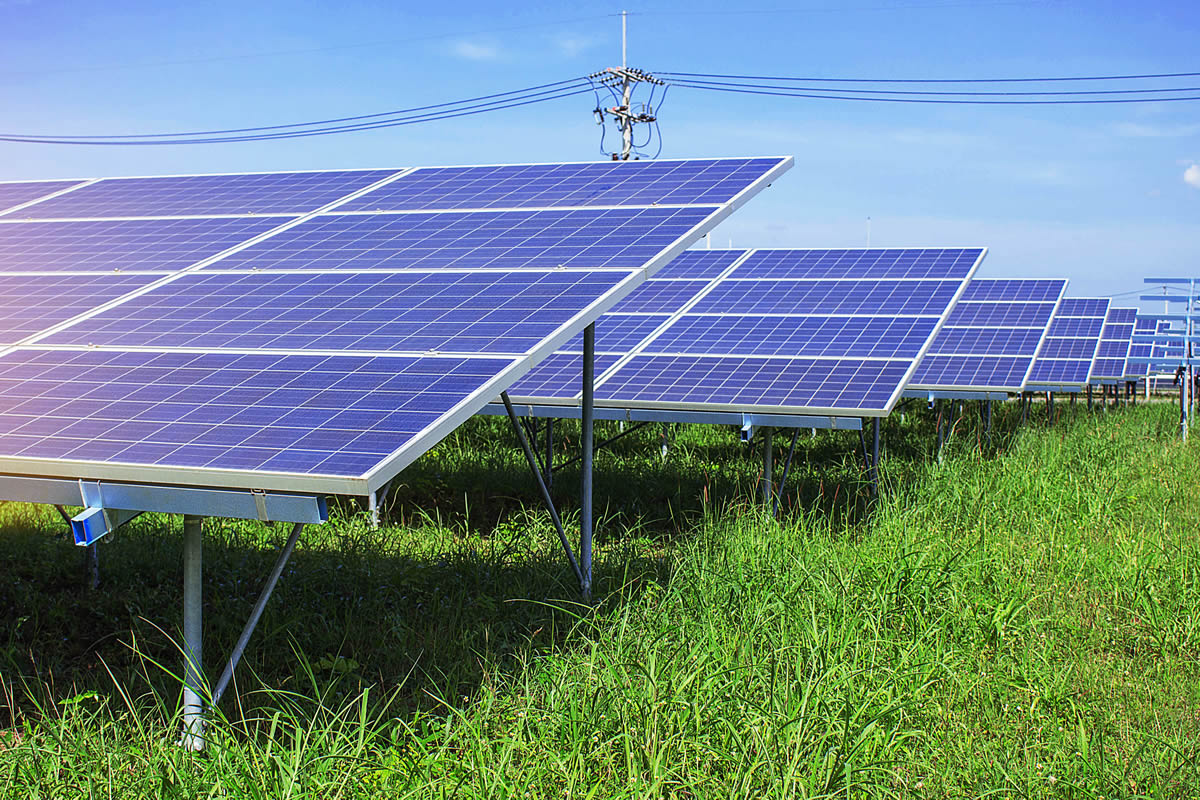Sustainability; What Is It?

At the outset, sustainability brings to mind concepts of renewable fuel, reduced carbon emissions, environmental protection and other means of keeping the fragile ecosystems of this earth in balance. In other words, sustainability is all about protecting the natural environment i.e. the earth and its inhabitants including ourselves, while driving invention and innovation without compromising the way of life we have become accustomed to. In short, sustainability is the process of ensuring man’s needs are met, while ensuring there are sufficient resources for future generations to meet their needs.
The concept of environmental sustainability can be summarized in a simple analogy. Consider an individual wanting to harvest apples from a tree. The individual addresses the tree and sees two options to proceed. 1. He finds a ladder and plucks the apples from the tree or 2. He gets an axe and fells the tree. Option 1, is a more time consuming and labor-intensive process, with limited returns, i.e. the volume of apples the individual picks is limited by his own physical limitations, whereas Option 2, requires less labor, wherein he Does not have to get the ladder and climb the tree and pluck the apples one by one, instead he brings all the apples down to his level and picks them up with relative ease. It is in considering these two options that sustainability factors itself in. If the individual chooses option 2, his immediate needs are instantly met; he gets all the apples now, but because he has eliminated his source by cutting down the tree, he has none left for the next time he needs apples. By considering option 1 however, the individual ensures he has apples the next time he needs them but has more work to do to ensure he has an unbroken supply.
Sustainable development as a concept first appeared in 1987, as part of the Bruntland report, which warned of the impending negative environmental consequences of economic growth and globalization and sought possible solutions to the problems caused by industrialization and population growth. As such, sustainability can be categorized into 3 main segments. Environmental Sustainability, being the prevention of nature being used as an inexhaustible resource, thus ensuring protection and rational use; Social Sustainability, being the development of people and cultures across the globe to achieve an equally distributed quality of life, including health, education and gender equality; lastly economic sustainability which encompasses equal economic growth, fair wealth distribution and the equal and fair distribution of economic resources without jeopardizing the environment.
